.jpg)
Place of origin
The first revolutionary newspaper published in Hai Duong was Cong Nong newspaper, founded by comrade Nguyen Luong Bang, a famous revolutionary activist from Thanh Tung commune (Thanh Mien). The newspaper was made in Ap Don (now Kinh Duong village), Thai Duong commune (Binh Giang), and published in July 1933. Comrade Nguyen Luong Bang made the entire newspaper by himself, writing articles and printing directly on gypsum in an old box lid mold with a size of 18 x 25 cm.
Cong Nong Newspaper published short, easy-to-understand articles in various genres such as editorials, poetry, storytelling, etc. The newspaper expressed the suffering of the people, exposing the crimes of the French colonialists. At the same time, it spread the spirit of patriotism, calling on the masses to rise up and make revolution. The newspaper published 20 copies per issue, and was distributed immediately after printing. Not only in Hai Duong, the newspaper was also transferred to other areas in the North such as Hanoi, Hai Phong, Bac Ninh, Hung Yen, etc. At the end of 1933, the French colonialists carried out intense terror. While trying to contact the Central base in Bac Giang , comrade Nguyen Luong Bang was captured by the enemy. Cong Nong Newspaper stopped operating.
Although it only operated for a short time, Cong Nong newspaper marked an important milestone, opening the way for Hai Duong revolutionary journalism. Comrade Nguyen Luong Bang’s name will forever be associated with the province’s journalism career. Ap Don – the place where Comrade Nguyen Luong Bang chose to conduct revolutionary activities and make Cong Nong newspaper – became a “red address” in the history of Hai Duong journalism.
In Ap Don, comrade Nguyen Luong Bang often stayed at two establishments: Ap Don pagoda located in the middle of the field and Mr. Tu Hoi's family to write for the newspaper.
Mr. Pham Xuan Hoi, Deputy Secretary of the Party Committee and Chairman of the People's Committee of Thai Duong Commune, said that the locality is always proud to be the place where comrade Nguyen Luong Bang was sheltered and helped in his revolutionary activities and in the Cong Nong newspaper. We hope that the superiors will soon invest in building a memorial stele to mark and commemorate the contributions of comrade Nguyen Luong Bang to the revolutionary cause and the provincial press. At the same time, it will educate the next generation on the tradition of patriotism and looking back to their roots.
.jpg)
After the Cong Nong newspaper ceased operations, the Party's public press still circulated widely in Hai Duong.
The success of the August Revolution in 1945 opened a new era for revolutionary journalism. Many new publications were born in Hai Duong, including Hai Duong weekly, Khoi Lua newspaper, Quyet Thang internal magazine, Tieng Goi newspaper, Hai Duong news, etc. This was the foundation and active preparation for the establishment of the province's official press agencies.
Missing the evacuation site
On February 25, 1957, Hai Duong Town Radio Station was established, marking the beginning of the province's radio, television and broadcasting industry. The machine room was located in the Town Administrative Committee area (now Hai Duong Electricity One Member Co., Ltd.).
During the war of destruction in the North (1965-1970), the station was ordered to evacuate to Lang Xuyen village, Gia Tan commune (Gia Loc). The locality arranged an old tiled house for the station to serve as its headquarters. Every day, announcers read the news, and the signal was transmitted to a high-power amplifier station located in Binh Di village, Ky Son commune (Tu Ky).
In 1968, the two provinces of Hai Duong and Hung Yen merged, and the Radio Stations of Hai Duong and Hung Yen provinces merged to form the Hai Hung Radio Station, which still operates at the evacuation site in Gia Tan.
After the first destructive war, in early 1970, the station moved to Hai Duong town, and was headquartered at 75 Pham Hong Thai. In mid-1972, the US bombed again, forcing the station's staff to evacuate for the second time to Ky Son commune (Tu Ky).
.jpg)
When the Paris Agreement was signed in 1973, the station moved to its old headquarters at Pham Hong Thai. During 1989-1990, the station built a technical area on Chuong Duong Street and has been attached to this address until now.
On December 1, 1961, Hai Duong newspaper published its first issue. The newspaper's headquarters was an old house built during the French colonial period, located deep in the Provincial Party Committee area, Bach Dang Street (Hai Duong City). In 1965, when the war to destroy the North began to escalate, the newspaper had to evacuate to Ngoc Son commune (Tu Ky district, now Hai Duong City). When the situation eased, the newspaper moved back to its old location. In 1968, the newspaper evacuated to To village, Phuong Hung commune (now Gia Loc town). Hai Duong newspaper and Hung Yen newspaper merged into Hai Duong newspaper while still in the evacuation area.
.jpg)
In 1973, the editorial office moved to the old workplace in Hai Duong town. In 1985, the headquarters of Hai Hung Newspaper moved to the Nguyen Ai Quoc Party School, Hai Duong branch (now the Provincial Political School). In 1987, the newspaper moved back to 34 Hong Quang street. In 2008, Hai Duong Newspaper moved to a new headquarters on Duc Minh street (Hai Duong city).
During the evacuation, despite the difficult working conditions and lack of facilities, Hai Duong journalists were always courageous and made efforts to overcome the difficulties to do a good job of information and propaganda. It was also from the evacuation places that the team of journalists became more united, close-knit, and shared.
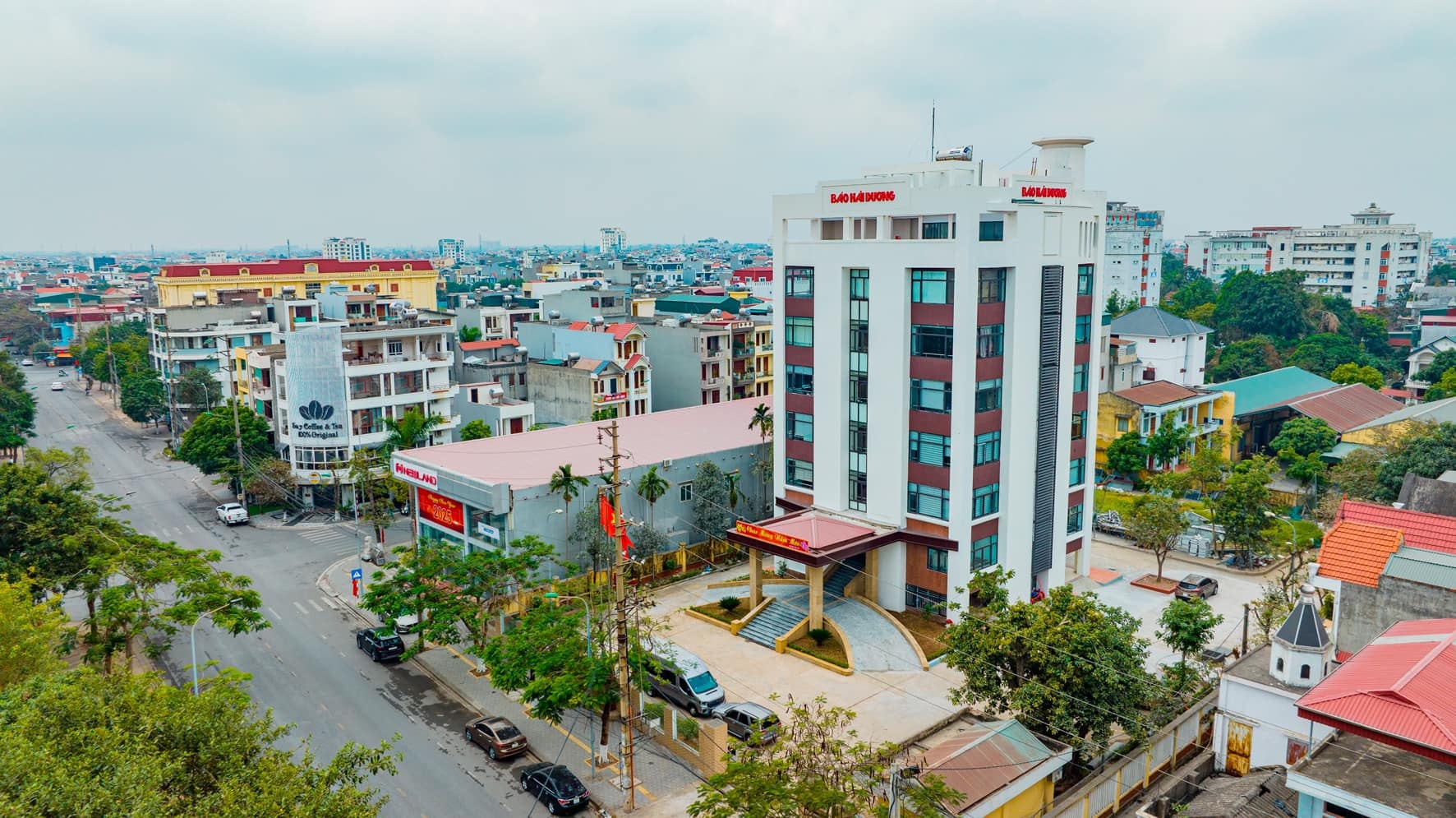
In the revolution of streamlining the apparatus, on May 1, 2025, Hai Duong Newspaper and the Provincial Radio and Television Station merged into Hai Duong Newspaper and Radio and Television Station. The new agency still maintains two headquarters on Chuong Duong Street and No. 10 Duc Minh Street (Hai Duong City). In the coming time, Hai Duong Province will merge with Hai Phong City, the arrangement of press agencies will continue to take place.
NGUYEN MO - THANH CHUNGSource: https://baohaiduong.vn/nhung-dia-danh-ghi-dau-su-phat-trien-cua-bao-chi-hai-duong-414166.html




![[Photo] Prime Minister Pham Minh Chinh launched a peak emulation campaign to achieve achievements in celebration of the 14th National Party Congress](https://vphoto.vietnam.vn/thumb/1200x675/vietnam/resource/IMAGE/2025/10/5/8869ec5cdbc740f58fbf2ae73f065076)


![[Photo] Prime Minister Pham Minh Chinh chairs the Government's online conference with localities](https://vphoto.vietnam.vn/thumb/1200x675/vietnam/resource/IMAGE/2025/10/5/264793cfb4404c63a701d235ff43e1bd)
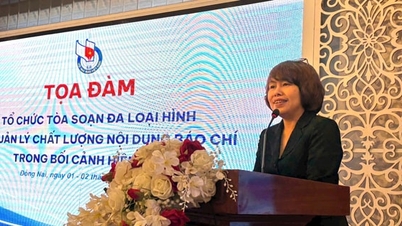















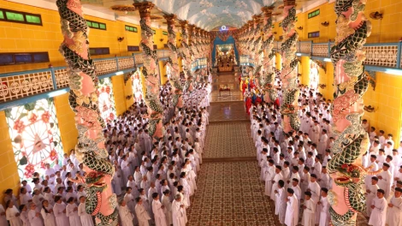


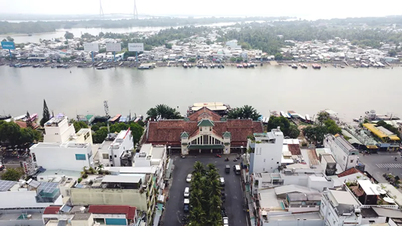





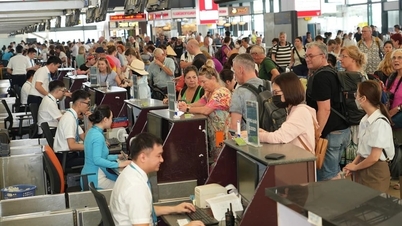

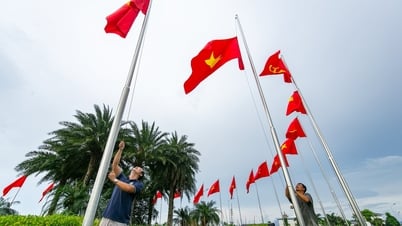


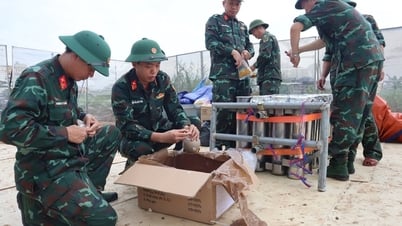

























![[VIDEO] Summary of Petrovietnam's 50th Anniversary Ceremony](https://vphoto.vietnam.vn/thumb/402x226/vietnam/resource/IMAGE/2025/10/4/abe133bdb8114793a16d4fe3e5bd0f12)

![[VIDEO] GENERAL SECRETARY TO LAM AWARDS PETROVIETNAM 8 GOLDEN WORDS: "PIONEER - EXCELLENT - SUSTAINABLE - GLOBAL"](https://vphoto.vietnam.vn/thumb/402x226/vietnam/resource/IMAGE/2025/7/23/c2fdb48863e846cfa9fb8e6ea9cf44e7)













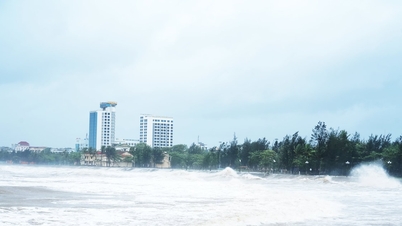




















Comment (0)